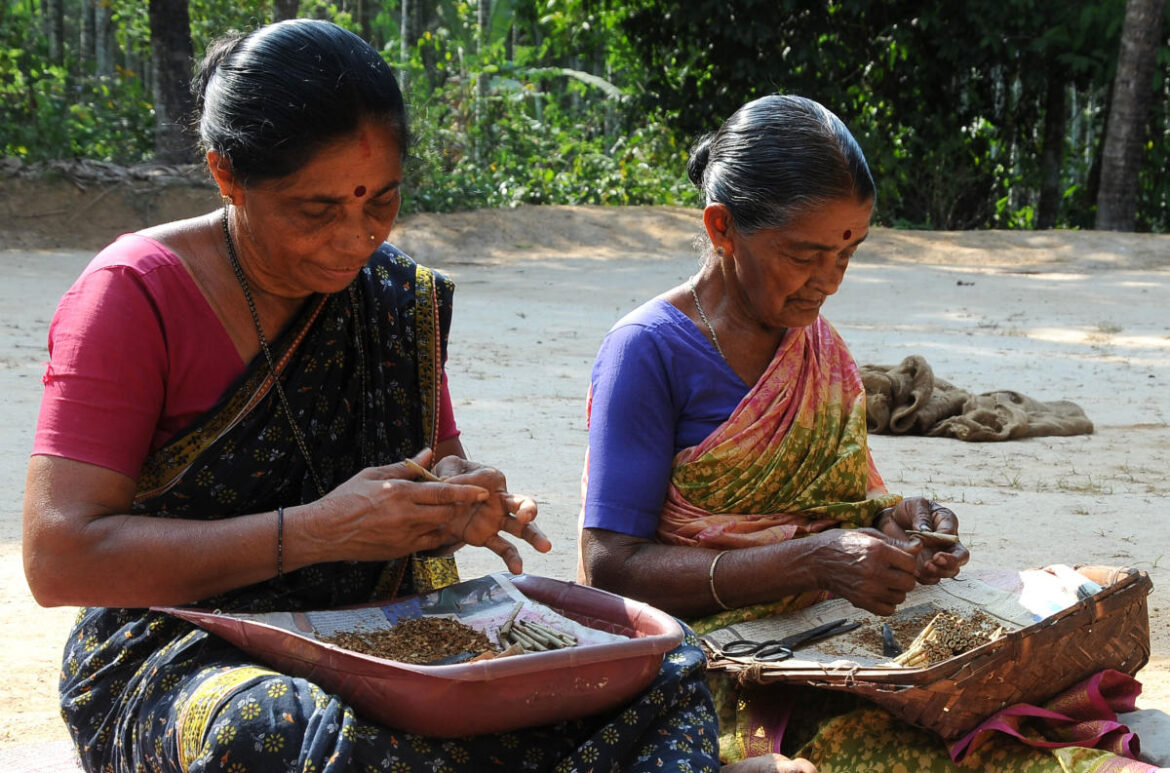By a ‘Common Woman’
(Warning: Sensitive Content)
As yet another body is discovered drenched in blood, the society pleads with me to consider, “What if she was your sister or mother”? Her virtues are listed, her values enshrined. Her very person-hood, cruelly dismissed in life, is placed on an unimpeachable pedestal in death. She is hailed as the embodiment of pristine femininity while simultaneously detached from their own reality. A week later, she transitions into a cold statistic. It is quickly forgotten that she was a real woman who led a real life which happened to include a real trauma. And so am I.
I am a sister. I am a daughter. And I was repeatedly violated. Not by strange men in questionable alleys and darkened pathways. But in familiar surroundings by trusted men as sun rays kissed their treacherous backs. There was no media trial as I hugged myself on the floor. No protests as I struggled to make sense of it, numb for days. Perhaps it was because I couldn’t come forward against people so intrinsically connected with my life. Or maybe, just maybe because my horror was not detachable from people’s lives. My perpetrators could not be othered. They were mine.
They held my hand and taught me to walk, clapping in encouragement. They cradled me on their lap and lifted me up in the air as I squealed with joy. And when I grew older, took me on drives and twirled me around and tore through the tissue membrane that the world insisted was my responsibility to protect. Should I have worn different clothes when I couldn’t even dress myself? Should I have carried pepper spray while I clutched the nursery rhymes? Or did I err with the phone I carried when they took attendance? None of the carefully construed rules of society apply when you take the crime off the streets and between your very own sheets. So, I made my own.
We all witnessed the aftermath of a death this month. But what happens if the person survives? After the furore dies down? When society brushes off its thirst for vengeance with punishment for the culprit? Some tend to the scars permanently etched on their skins, some are shunned, shamed into exile, or even urged to marry their violators. However, most are compelled to pick the broken pieces of their hearts and minds together and move on with their lives. Are they victims or survivors? They are both. I was both.
They soar high and get pulled down by the memories. They laugh uncontrollably every day and fall on their knees every night, with their hands holding their mouths tightly to prevent the escape of a desperate sob. Like I did.
I had sex, a lot of it. Until I learned to enjoy it, crave it even. Giving in to my own pleasure took longer but I refused to associate my vagina with searing pain and loss of agency. I studied, excelled, I also failed, and downright collapsed with the ever-increasing burden of mounting trauma. I walked alone, traveled alone, far less afraid of the unknown than I ever was of my chilling known. But the strong gravitational pull of defeat constantly threatened to envelop me. I relished gourmet delicacies and binged sitcom after sitcom, cocooned in the mirage of an incredulous fantasy. One where my spirit did not lay in tatters, straining to piece itself together amidst the cacophony of recorded mirth. I nearly welcomed the sheer relief of death after shrouding each day in utter misery. But I continue to live. As do countless others.
Look around you. She IS your sister, your daughter. But she is so much more than that. She is a person. And she is in pain. The possibility of an assured hanging would make her far too scared to speak up. A task force cannot protect her in your home. You may not be the man who relishes that level of repulsive control but next to you is probably a woman whose right to speak for herself, choose for herself, whose right over her own body was ruthlessly snatched away by a formerly comforting presence. The woman in the newspaper has gone through an unimaginable ordeal. But she is also an exception. The woman next to you? She is the rule.
A rule that cages 97% of us in the confines of our homes, hostels, hotels, and rehabilitation centers- places that become the scene of crimes that are never taped off, inhabited by people who are never brought to justice. There are no candle-lit marches for us, no cautionary tales. There is no place for us, not even in statistics. So march for the 3% unfortunately sensationalised, discuss and debate over them. Make them safe. At least make someone feel safe. But don’t forget the rest of us living next to you, across from you, in your own homes. I am the rule.
The hardened penis that thrust inside me felt like what I imagined the long pole would, right down my street. I pictured the lightbulb on it flickering on and off as I tried to block out my then ongoing torment. I remember the yellow stain on the flowery bedsheet every time I put on my now clean ones. My fingers stiffen at the thought of touching myself but my vibrator never shies away from an exalting climax. Would you blame my later promiscuity for my former agony? Would you still ask me to heed my clothing? To not hail a cab? Don’t go outside after 6 PM. Don’t stay inside once you are born. Why was I allowed to be born? It was on me.
I may go out or stay in, drink or stay sober, have sex, or stay away from men, nothing can change my lived nightmare. My dream on the other hand is to yank that pole out, implant it firmly in the ground, straddle it between my thighs, and spin around it with carefree abandon.
#thecommonwomen #yourstories




